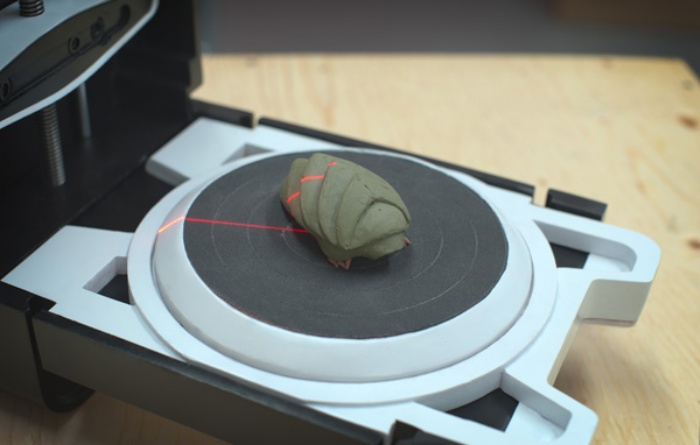As a seemingly endless stream of companies work to bring the world its first truly mainstream desktop 3D printer, a number of folks are attempting to bridge a fairly fundamental disconnect: how to best help the average consumer get their hands on 3D models in the first place. Databases are a decent solution -- Thingiverse has a devoted community of makers working around to clock to create cool things for us to print out. Simplified software can work, too, but that still requires some artistic talent on the part of the creator. 3D scanners seem to be the most popular solution these days, from Microsoft's Kinect to MakerBot's lazy Susan-esque Digitizer.
Fuel3D is the latest company to take its entry to Kickstarter. The handheld 3D scanner is based on a technology developed at Oxford University for medical imaging purposes. Now the company is looking to bring it to market at under $1,000, offering full-color, high-res 3D scans through simple point-and-shoot execution. Once captured, that information can be exported for things like the aforementioned 3D printing and computer modeling. The first three folks who pledge $750 will get their hand on a pre-production model and those who pony up $990 will receive the triangular final version. The company expects to ship in May of next year -- assuming it hits that $75,000 goal, of course. After all, Fuel3D can't exactly print money -- yet.
Filed under: Cameras
Source: Kickstarter


















